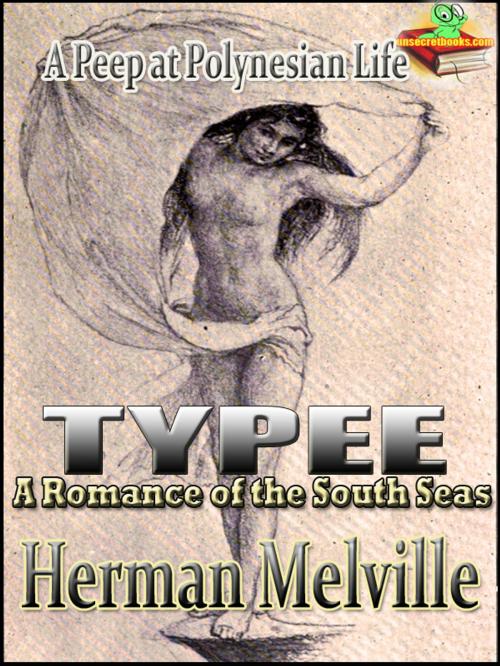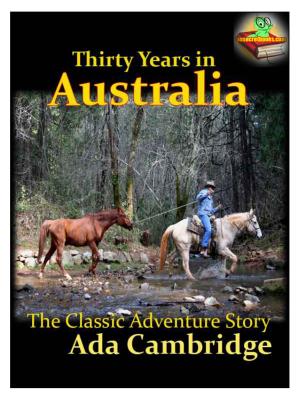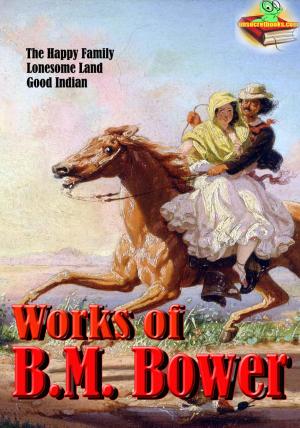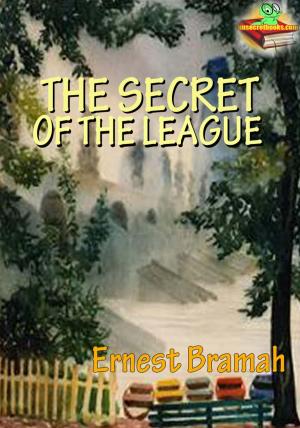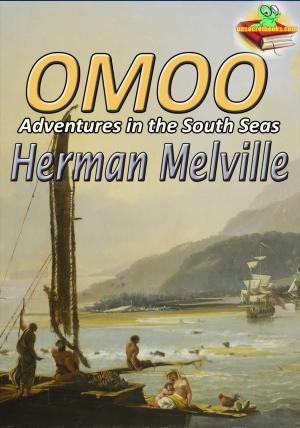Typee: A Romance of the South Seas, A Peep at Polynesian Life, Classic Travel and Adventure Literature
(With Audiobook Link)
Fiction & Literature, Action Suspense, Literary| Author: | Herman Melville | ISBN: | 1230000155502 |
| Publisher: | Unsecretbooks.com | Publication: | July 27, 2013 |
| Imprint: | Language: | English |
| Author: | Herman Melville |
| ISBN: | 1230000155502 |
| Publisher: | Unsecretbooks.com |
| Publication: | July 27, 2013 |
| Imprint: | |
| Language: | English |
Typee (1846; in full: Typee: A Peep at Polynesian Life) is American writer Herman Melville's first book, a classic in the literature of travel and adventure partly based on his actual experiences as a captive on the island Nuku Hiva (which Melville spelled as Nukuheva) in the South Pacific Marquesas Islands, in 1842. The title comes from the name of a valley there called Tai Pi Vai. It was Melville's most popular work during his lifetime, but made him notorious as the "man who lived among the cannibals." For 19th century readers, his career seemed to decline afterward, but during the early 20th century it was seen as the beginning of a career that peaked with Moby-Dick (1851).
Typee was "in fact, neither literal autobiography nor pure fiction." Melville "drew his material from his experiences, from his imagination, and from a variety of travel books when the memory of his experiences were inadequate." The three week stay on which Typee is based takes place over the course of four months in the narrative. Melville drew extensively on contemporary accounts by Pacific explorers to add cultural detail to what might otherwise have been a straightforward story of escape, capture, and re-escape. Most American reviewers accepted the authenticity of the narrative, though it provoked disbelief among some British readers. Two years after its publication many of the novel's events were corroborated by Melville's fellow castaway, Richard T. Greene.
Typee (1846; in full: Typee: A Peep at Polynesian Life) is American writer Herman Melville's first book, a classic in the literature of travel and adventure partly based on his actual experiences as a captive on the island Nuku Hiva (which Melville spelled as Nukuheva) in the South Pacific Marquesas Islands, in 1842. The title comes from the name of a valley there called Tai Pi Vai. It was Melville's most popular work during his lifetime, but made him notorious as the "man who lived among the cannibals." For 19th century readers, his career seemed to decline afterward, but during the early 20th century it was seen as the beginning of a career that peaked with Moby-Dick (1851).
Typee was "in fact, neither literal autobiography nor pure fiction." Melville "drew his material from his experiences, from his imagination, and from a variety of travel books when the memory of his experiences were inadequate." The three week stay on which Typee is based takes place over the course of four months in the narrative. Melville drew extensively on contemporary accounts by Pacific explorers to add cultural detail to what might otherwise have been a straightforward story of escape, capture, and re-escape. Most American reviewers accepted the authenticity of the narrative, though it provoked disbelief among some British readers. Two years after its publication many of the novel's events were corroborated by Melville's fellow castaway, Richard T. Greene.
